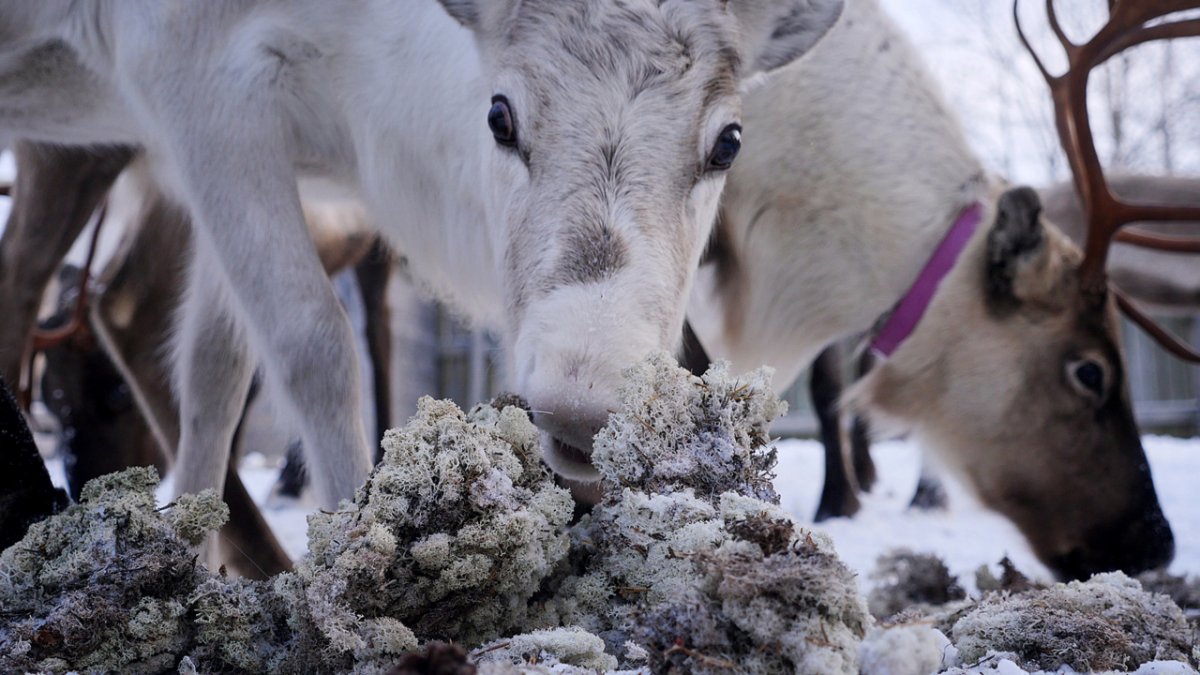skip to main |
skip to sidebar
Il blog "Le Russie di Cernobyl", seguendo una tradizione di cooperazione partecipata dal basso, vuole essere uno spazio in cui: sviluppare progetti di cooperazione e scambio culturale; raccogliere materiali, documenti, articoli, informazioni, news, fotografie, filmati; monitorare l'allarmante situazione di rilancio del nucleare sia in Italia che nei paesi di Cernobyl.
Il blog, e il relativo coordinamento progettuale, è aperto ai circoli Legambiente e a tutti gli altri soggetti che ne condividono il percorso e le finalità.
"Le Russie di Cernobyl" per sostenere, oltre i confini statali, le terre e le popolazioni vittime della stessa sventura nucleare: la Bielorussia (Russia bianca), paese in proporzione più colpito; la Russia, con varie regioni rimaste contaminate da Cernobyl, Brjansk in testa, e altre zone con inquinamento radioattivo sparse sul suo immenso territorio; l'Ucraina, culla storica della Rus' di Kiev (da cui si sono sviluppate tutte le successive formazioni statali slavo-orientali) e della catastrofe stessa.
REINDEER ARE STILL VERY RADIOACTIVE 30 YEARS AFTER CHERNOBYL
Reindeer are still very radioactive 30 years after Chernobyl
 Thirty years after a nuclear power plant exploded at Chernobyl, the reindeer that walk the picturesque, snow-capped mountains of Scandinavia are still radioactive.
Thirty years after a nuclear power plant exploded at Chernobyl, the reindeer that walk the picturesque, snow-capped mountains of Scandinavia are still radioactive.
They weren't the only ones affected. For generations, the Sami people, native to the Arctic North, lived in harmony with nature.
Many worked as boazovázzi,
or 'reindeer walkers', herding the animals over hundreds of miles of
terrain and selling their meat come slaughter season. The reindeer were a
cultural and economic centrepiece for the Sami people.
But the explosion - considered the worst civilian nuclear disaster in
history - coated the earth with toxic material, turned the reindeer
radioactive, and poisoned the Sami people's way of life.
Read more...
Data: 23.12.2017
Fonte: www.sciencealert.com




















Nessun commento:
Posta un commento